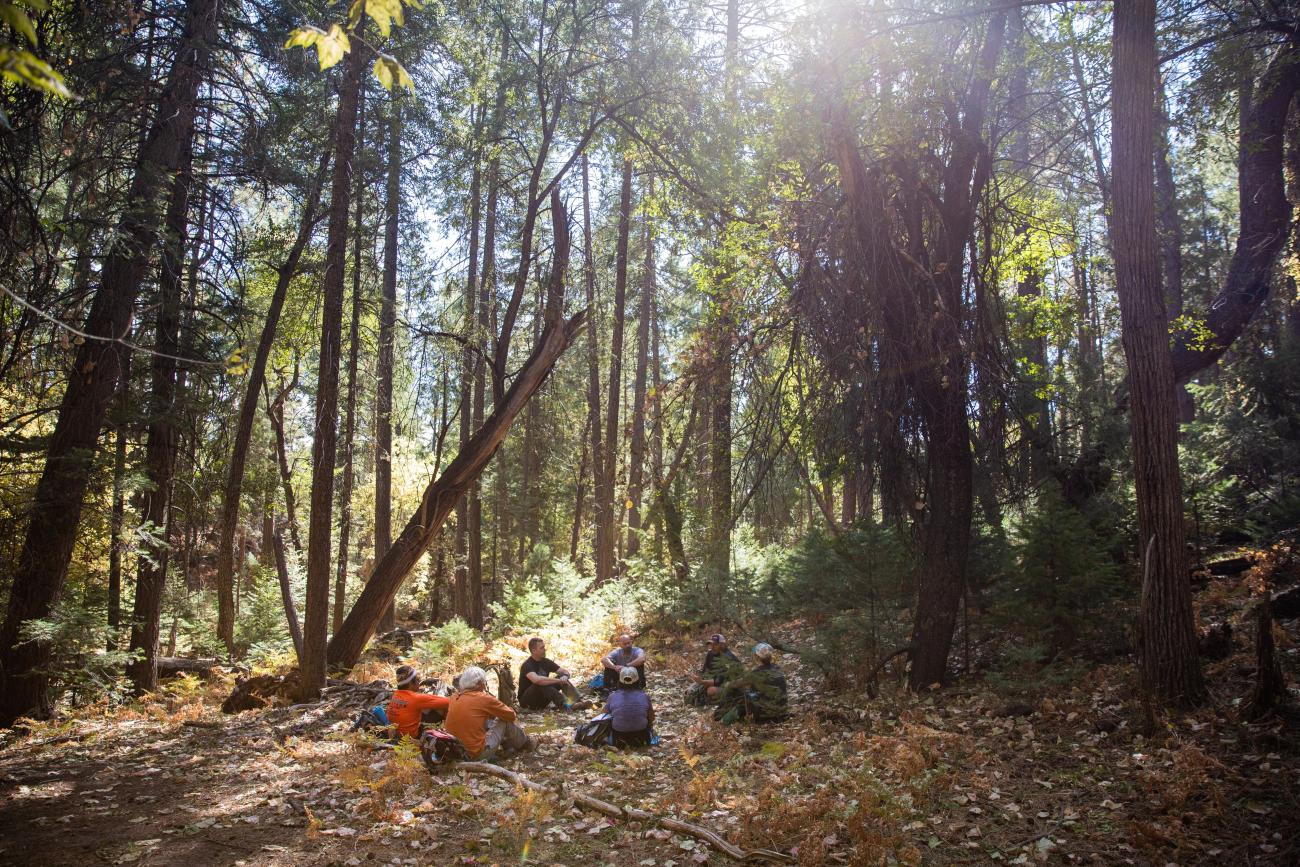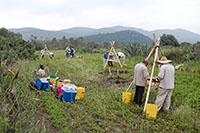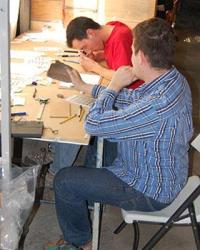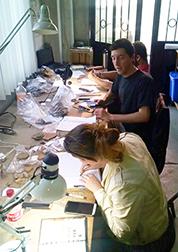
Formative Interaction Systems and the Emergence of Village Life in the Teotihuacan Valley
The Altica Project, co-directed by Deborah L. Nichols (Dartmouth College) and Wesley D. Stoner (University of Arkansas), investigates the earliest farming village known to have inhabited the Teotihuacan Valley.
The site of Altica is located 10 km east of Teotihuacan and was occupied about 1,000 years before the construction of the pyramids.William T. Sanders discovered the site in the 1960s, establishing the Altica Phase, which he believed dated between 1050-850 BC.
Altica had remained unstudied for nearly four decades until Dartmouth College student Bridget Alex identified, during her honor’s thesis, imported white-ware ceramics at the site.
Stoner later sourced these ceramics to either the Gulf Coast of Mexico, perhaps near the Sierra Madre Oriental that divides Veracruz and Oaxaca, or to the metamorphic geological region of southern Puebla.
The import of white ware ceramics from the Gulf Coast or southern Puebla likely complemented the outward flow of obsidian from Altica. The Otumba geological obsidian source is located close to Altica, and material from that source is particularly abundant on the surface of the site.
Import of ceramics and other goods and possible export of obsidian led Nichols and Stoner to pursue additional research at Altica.
With funding from the National Geographic Society and the National Science Foundation, Stoner and Nichols initiated a program of archaeological survey, excavation and materials’ analyses at the site.
These studies aim to understand who the first inhabitants were, what they ate, who they traded with and what role this small site might have had in growing the importance of the Teotihuacan Valley through the Formative Period. Survey and excavation concluded in 2014.
Materials analysis is ongoing, and the project is collaborating with other archaeologists in Mexico and the U.S. to establish a geochemical source database of early ceramics and obsidian for Central Mexico to better understand early networks of trade and interaction. The results will help archaeologists understand the local economic and social context of the Teotihuacan Valley several centuries before the growth of the Classic-period city.


